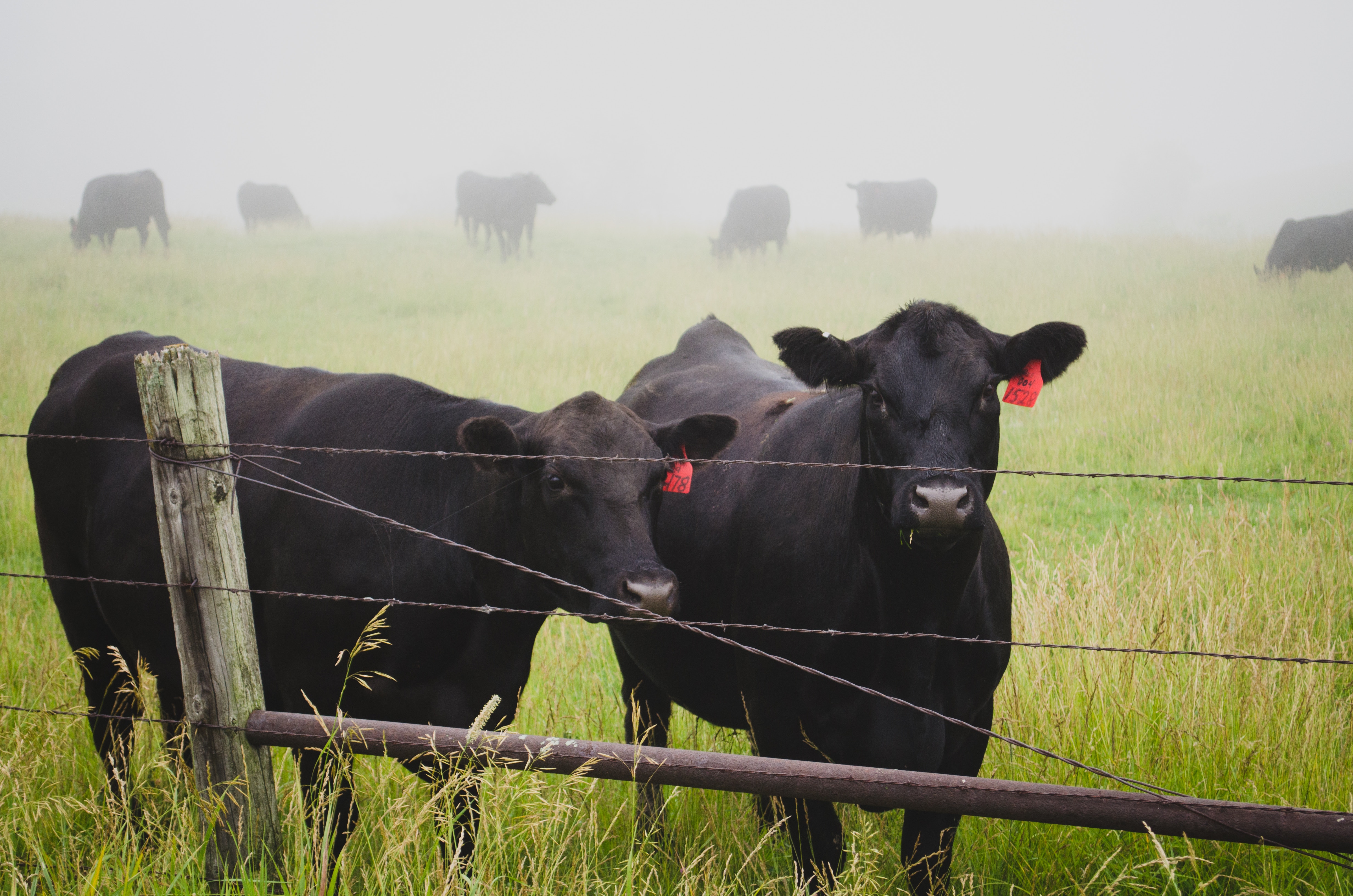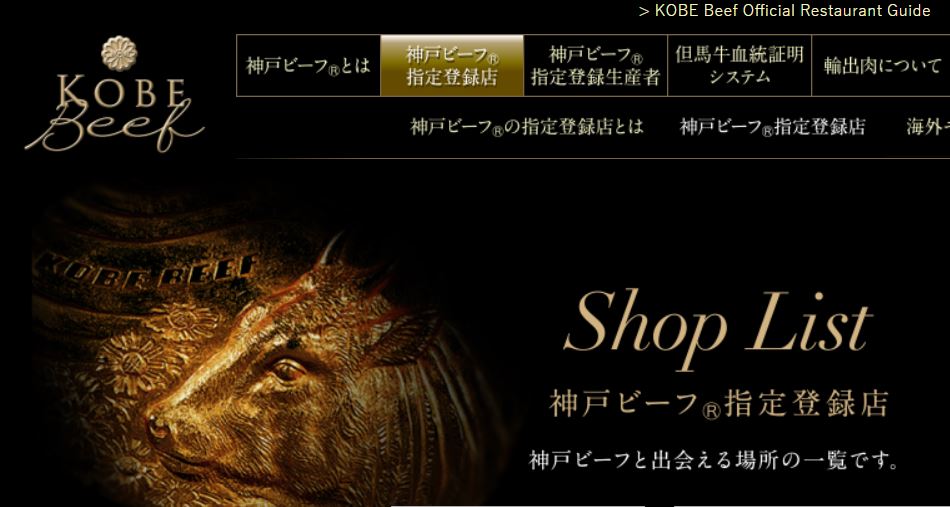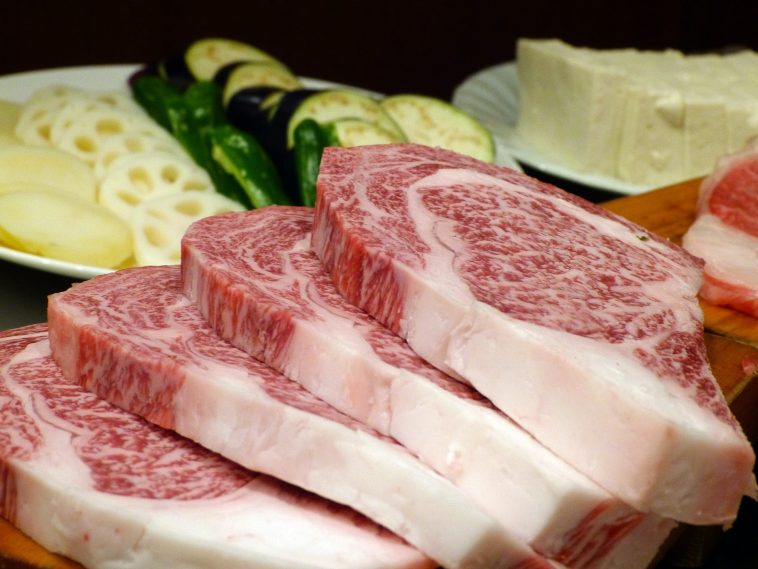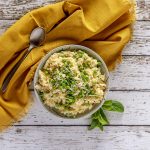Kobe beef. That mythical meat from Japan that sends foodies into a frenzy. You’ve heard the stories: Cows being fed beer, drunkenly lazing in open pastures. Diligent farmers massaging them from head to hoof. If you’re serious about eating, you’ve probably even ponied up the cash for a taste of this exclusive delicacy. The problem is, you’ve probably never had it.
I was first tipped-off to possible foul-play when I was at a gastropub several years ago and noticed they had a “Kobe Burger” on the menu. I was elated, because like most, I thought I knew about Kobe beef. It would be succulent, tender and marbled with the ubiquitous webs of fat that are the hallmark of the name. Because of this expectation, when I saw the price of $22 for a burger and fries, I didn’t hesitate. It would surely be worth it.
It was absolutely, completely and utterly unremarkable in every way. Bland, dry, boring and basic. I felt cheated, as I’m sure many others had at that particular restaurant in the past. When I inquired with the server as to the origin of the meat, I was given a hazy answer. It left me as unsatisfied as the food. It turns out though, that the server probably didn’t know what they had wasn’t actual Kobe beef. Often restaurateurs can confuse “Kobe” with “wagyu” or “”wagyu-style.”

That’s because purveyors and restaurants can call just about anything they want “Kobe.” The term itself is a Japanese trademark, but many other countries don’t recognize or enforce it. This often leaves it up to the scruples of the supplier, or restaurant to stay honest. In fact, true Kobe beef is so rare that only enough is shipped to the United States to feed about 80 people per year. There are many other brands of wagyu (Japanese beef) available at restaurants, namely from Miyazaki and Kagoshima, and they, too, are delicious, but they are not Kobe.
So what have we all been eating? There’s good news and bad news. The good news is that the Kobe you thought you ordered at the steakhouse was probably premium quality beef nonetheless. Also, in more recent years the availability of Kobe-style beef is on the rise. These hybrid cattle, like Washugyu from Oregon, are the result of crossbreeding domestic herds with Japanese cattle and raising them on this side of the ocean. Under the right conditions they produce meat that is incredibly delicious and depending on the farm, worth a higher price. The bad news is, it’s not Kobe.
What is Kobe? It’s a select brand of wagyu beef from a Tajima cow that’s been raised on a certified farm only in Hyogo, Japan. It must have the proper fat-to-meat ratio and be processed in a certified slaughterhouse. Also, it should be said that about 90% of all true Kobe beef is eaten in Japan, and only around 5,000 cows make the cut each year.

Now that you know you’ve been duped, you might be a little bit angry. That’s understandable, of course. But don’t worry, because there’s one sure-fire way to make sure you get what you pay for. This website links directly to the official list of shops and restaurants across the globe selling certified Kobe beef. All you have to do is find your city, or country and the closest destination will be listed. This also works in reverse, if you find yourself somewhere claiming to have Kobe. All you have to do is take out your phone and you’ll become immediately aware of the ethics of that restaurant.
Read more:
- My Beef With Wagyu
- Yamagata Beef at Han No Daidokuro in Tokyo



